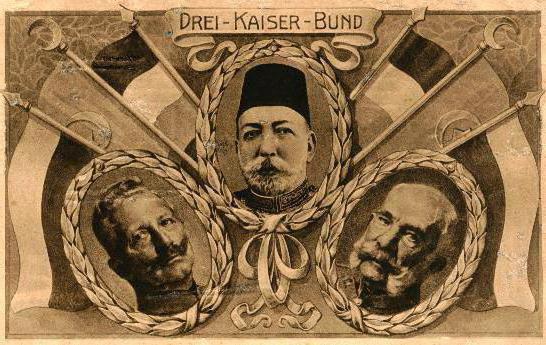The Berne Convention on Copyright
In 1886, in Switzerland in Berne for the protection ofart works and literature, a convention was adopted, which received its name at the place of creation. Initially, such countries as Great Britain, France, Germany, Belgium, Tunisia, Switzerland and Spain acted as its participants. Subsequently, the Berne Convention became operational in other countries of the world, which joined it, and by 2010 their number was already 164 states.
Russia became a party in 1995 with the reservation that the effect of this document does not apply to works that are public domain on its territory at the date of entry into force for the Russian Federation.
The Convention was revised several times: in 1908 in Berlin, in 1928 in Rome, in 1948 in Brussels, in 1967 in Stockholm, in 1971 in Paris. The governments of the participating countries reserved the right to conclude special agreements providing the authors with a level of protection higher than that provided for by the provisions of the convention.
The Berne Convention of 1886 is based on the principles:
- national treatment. Each of the participating countries is obliged to grant to citizens of other countries the same copyright as to its citizens. Proceedings arising from copyright infringement are carried out on the basis of the laws of the state in whose territory the works are used;
- independence of the protection of works. That is, it is carried out regardless of whether they are protected in other countries. An exception may be the case where the law provides for the cessation of protection of a work for which its period has expired in the country where the work was created;
- automatic protection of intellectual propertyproperty. The Berne Convention provides that the origin of copyright occurs without the use of preliminary formalities (of any application, registration, etc.) automatically after the first publication of the work or its fixation in material form;
- presumption of authorship. That is, the creator is the one whose nickname or name is indicated on the cover, if there is no evidence to the contrary.
Berne Copyright Conventionextends protection to the following works of art, science, literature: lectures, books, brochures, drawings, sculptures, paintings, architecture, photography, graphics, choreographic, musical, cinematographic works, etc. The term for which it is provided is the author's lifetime and 50 years after his death.
The Berne Convention contains a provision stating that counterfeit products are subject to arrest in any of the countries belonging to the Union, where the work has legal protection.
The following exclusive rights are granted to authors:
- to public performance for musical and dramatic works;
- for public reading for works of literature;
- for translation;
- for reproduction (by any means and form);
- on public broadcasting (radio, television);
- to cinematographic rework;
- for alteration, arrangement, other changes.
The Berne Convention retainsmember countries the right to determine independently the extent to which legislation is applied to industrial designs, samples, works of applied art, and the conditions for their protection.
Legislation of the participating countries, as well asspecial agreements between them can allow the use of artistic and literary works as illustrations of educational nature on television and radio programs, in publications subject to observance of "good morals and customs".
Administrative functions for the implementation of the provisions of the Berne Convention are vested in the World Intellectual Property Organization.







